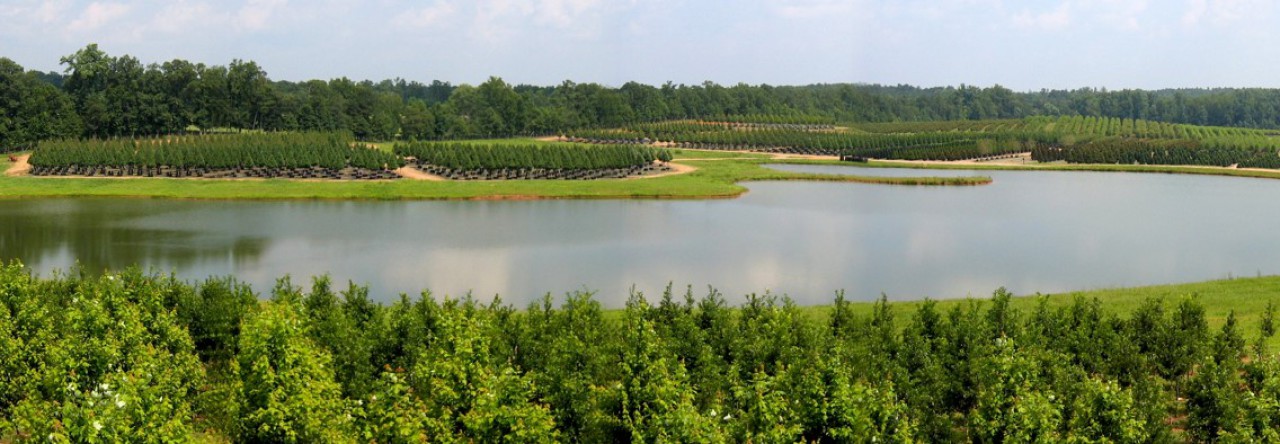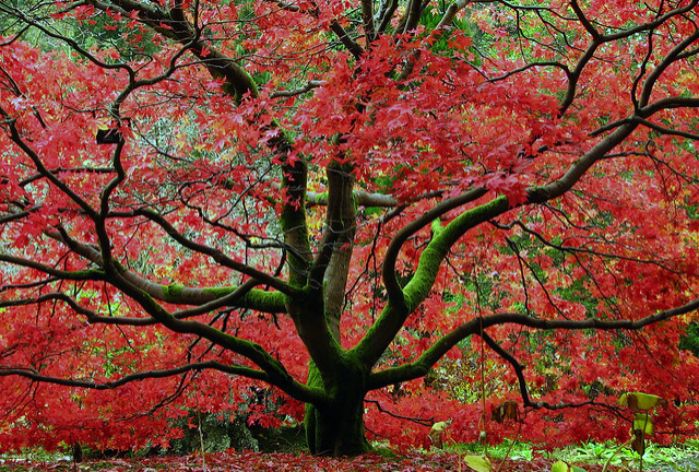The Maple Tree, known as the genus Acer, is a particularly large tree family. Found in every continent except for Antarctica, Maple has almost 130 different species of tree and shrub within its family. Because of its broad and encompassing categorization, many people don’t even know when they are near a Maple tree. Fortunately, there are a few key features to help you narrow your options, and ultimately identify specific Maple Trees. Using some information found on lovetoknow.com and mapletree.com, here are a few tips you can use to help identify some very important differences between Maple Trees.
Out of the multitude of Maple species that exist worldwide, only thirteen of such species exist in North America. Some non-native species do exist in North America however, like the Japanese Maple for example, cultivated mostly for ornamental purposes. Now, some key features to look out for are:
Leaf Shape
Maples have a distinctive leaf shape associated with most members of its genus, or its larger family. Not many Maples have compound leaves. Instead, the veins of a Maple originate from a central, singular point in the center of the leaf. Maples that do have compound leaves are the Paperbark Maple and the Box Elder, both of which have three to five leaflets per stock.
Some of these trees have deeply-lobed leaves, such as the very popular Japanese Maple. However, you will notice that despite its deep lobes, the Japanese Maple’s leaves still originate from a single point.
The Sugar Maple, and the Norway Maple characteristically have large, 5-lobed leaves. The former will have a few large teeth and rounded spaces between lobes, while the latter will yield a milky sap from the end of the leaf when broken off. Silver Maples have a soft white coating on the underside of the leaf, creating a glossy, silvery sheen.
One of the most popular Maples, the Red Maple has slightly smaller leaves than most species, with distinctive rough, saw-like edges.
Size
Some Maples are distinctly bigger than others. While some grow only up to 30 feet, others can grow up to 150 feet. Some Maples are a species of shrub, only growing as tall as 10 feet. Identifying Maples by height is not the most useful tactic.
Bark
During the winter, identifying a Maple by its leaves can be near impossible. In this case, there are some key bark traits associated with certain species. A Chinese import, the Paperbark Maple has been gaining some serious momentum in gardens here in North America. The smooth, red, papery bark is the principal identifier of a Paperbark Maple.
The Sugar Maple’s bark on the other hand is a dark grayish-brown bark. It’s wide, vertical strips that compose its bark curl outward at the edges. Narrow, scaly ridges makeup the Norway, Box Elder, and Red Maple’s bark. Each of these distinguishes itself from the other by color. Finally, the Silver Maple has gray, scaly, but flaky bark, very different from those mentioned prior.
Identifying a Maple is can become easier using the above tips! If you liked this read, check out our blog for more great articles. Thanks for reading!

